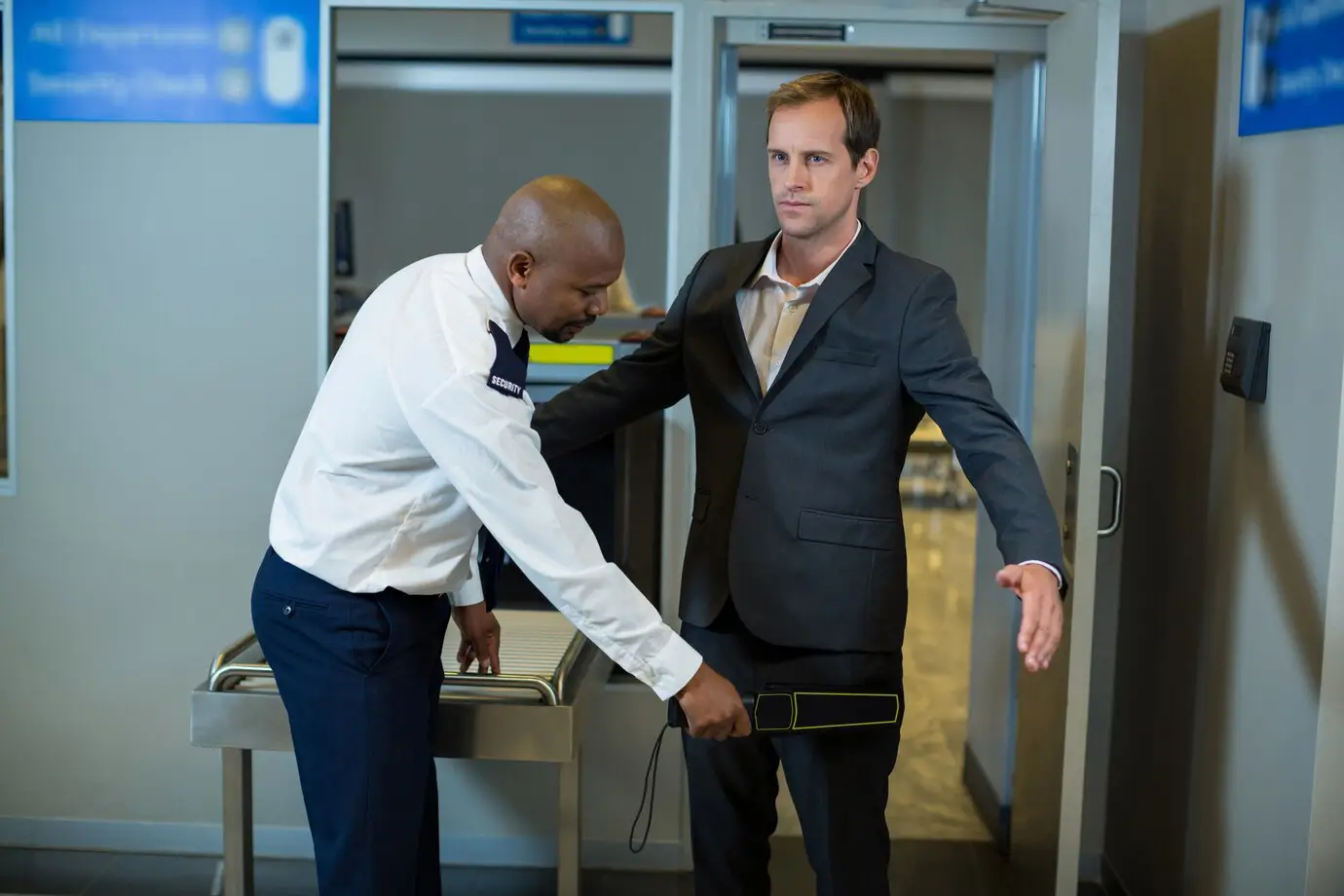
What Happens During an SIA Audit?
By London Security College Is Your Licence Near to Expire? SIA Refresher Training + First
SIA Refresher Training + First Aid– Keep Your Licence Active! Only £199
Security officers working in retail stores like Tesco, Sainsbury’s, Asda, and high-street shops play a crucial role in preventing theft, ensuring safety, and managing security incidents. One of the most critical responsibilities is conducting risk assessments to identify potential threats and implement adequate security measures.
This guide will help security officers:
Retail stores face multiple security challenges, including:
A well-planned risk assessment helps security officers anticipate threats, reduce losses, and protect staff and customers.
When a security officer encounters a potentially dangerous or uncertain situation, they should use the SAFER method:
Before acting, take a moment to observe the situation from a distance. This allows you to:
Look for risk factors such as:
If needed, alert:
Decide on the safest and most effective course of action:
Act according to your training, ensuring that:
Shoplifting is a major issue in retail security, but stopping a suspect requires legal justification. The ASCONE model helps security officers ensure they have enough evidence before taking action:
Failing to follow ASCONE could result in false accusations, legal issues, and potential complaints against security officers.
A security officer should perform regular risk assessments to identify and manage potential threats. Here’s a step-by-step process:
Assess the retail environment for:
Example: A security officer at Sainsbury’s notices that shoplifters often target self-checkouts, exploiting them to scan cheaper items instead of expensive ones.
Consider risks to:
Example: In Tesco, an intoxicated customer is verbally abusing staff at the checkout. The security officer must determine if the situation is escalating to physical violence.
For each risk, determine:
Example: In Asda, a security officer finds that stockroom doors are often left unlocked, making staff theft easier.
Take appropriate action, such as:
Example: At M&S, after multiple incidents of refund fraud, security officers have introduced a stricter receipt-checking process in customer service.
Retail environments change constantly, so security officers should:
Risk | Example | Security Measures |
Shoplifting | Concealing items inside clothing | Use ASCONE, CCTV monitoring, increase patrols |
Aggressive customers | A drunk customer attacking a staff member | Use SAFER, de-escalation, call police if needed |
Internal theft | Employees stealing stock from storerooms | Improve access control, regular stock audits |
Refund fraud | Returning stolen items for cash | Stricter return policies, CCTV at service desks |
Fire hazards | Blocked emergency exits | Regular fire safety inspections, enforce clear exit policies |
Retail security is about prevention, professionalism, and legal awareness. By conducting regular risk assessments, following the SAFER approach for handling incidents, and using the ASCONE model when stopping shoplifters, security officers can effectively protect staff, customers, and store assets.

By London Security College Is Your Licence Near to Expire? SIA Refresher Training + First

By London Security College Is Your Licence Near to Expire? SIA Refresher Training + First

By London Security College Is Your Licence Near to Expire? SIA Refresher Training + First

By London Security College Is Your Licence Near to Expire? SIA Refresher Training + First
London| Birmingham| Manchester | Leeds | Glasgow | Sheffield
London Security College is the leading supplier of SIA Licence courses in London. We excel in SIA Courses such as SIA Door Supervisor Course, SIA Top Up Training, SIA CCTV Surveillance Course, First Aid Courses, Traffic Marshal Banksman Course Online, and Forklift Training Course.
“It is impossible for a man to learn what he thinks he already knows”
London Security College
International House,
24 Holborn Viaduct,
London, EC1A 2BN
020 8050 4108
Copyright © LONDON SECURITY COLLEGE is a training and hiring platform

Fill in the form below